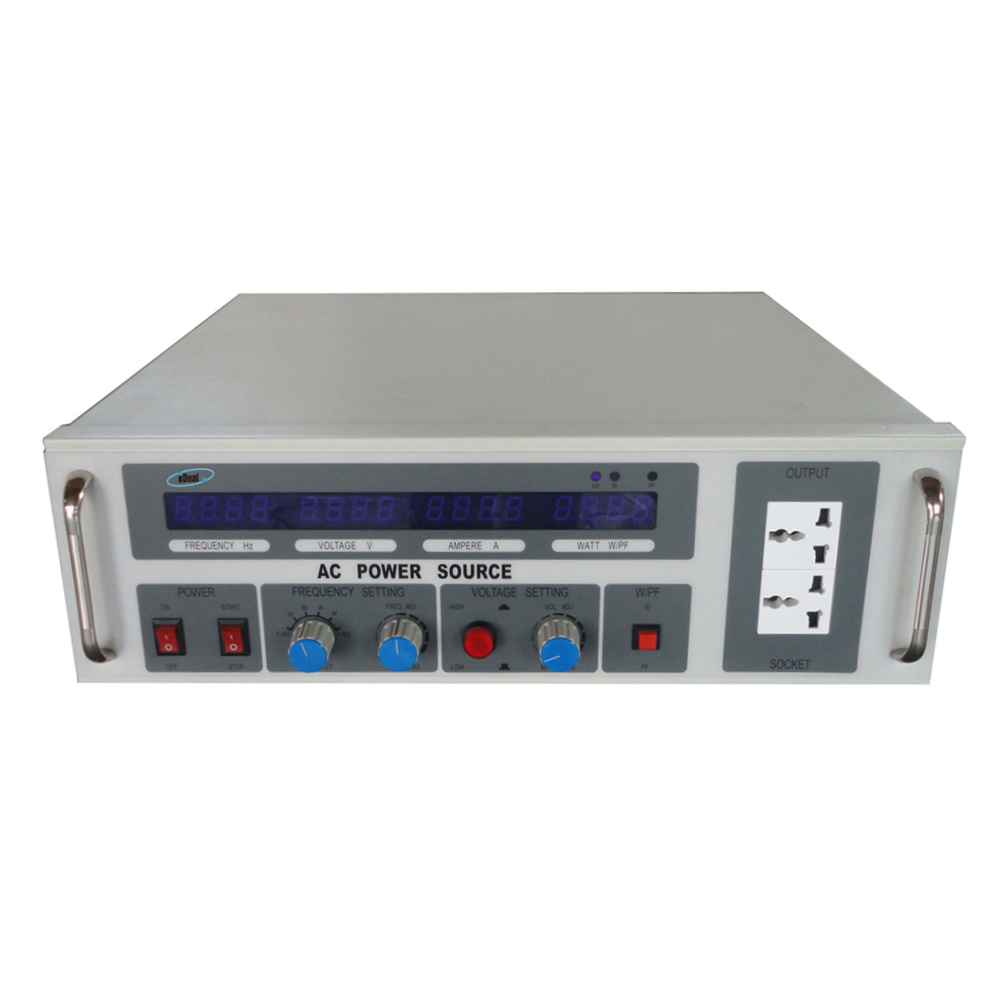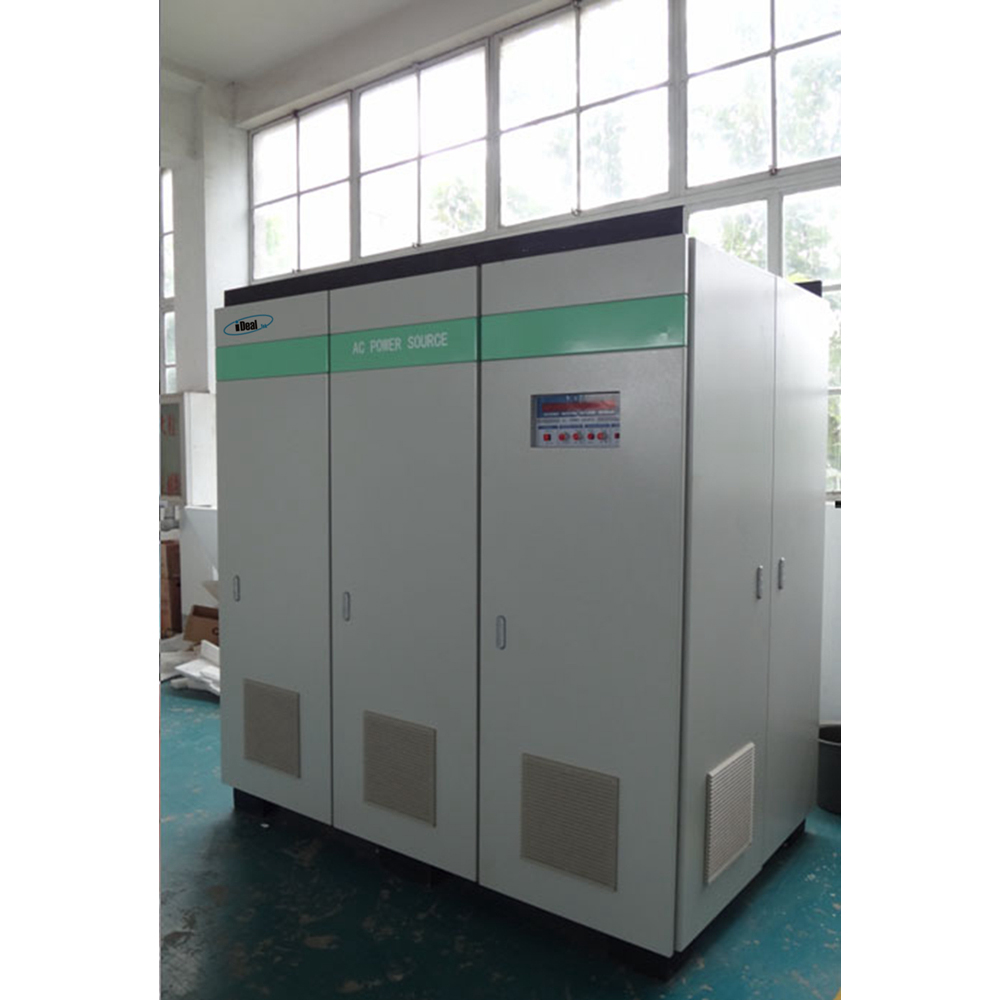PLC programming typically involves several key steps that ensure the system functions efficiently and reliably. Understanding these stages is crucial for both beginners and experienced engineers working with industrial automation systems.
1. Preparations Before Programming
Before starting the actual coding, it's essential to gather all necessary information about the control system. This includes understanding the full functionality, scale, control mode, input/output signal types and quantities, interface requirements, communication methods, and how the PLC interacts with other devices. Developing a clear vision of the entire system helps in planning the structure and logic of the program effectively. Additionally, analyzing the controlled object and categorizing the control functions based on response requirements, signal usage, or control areas will help determine the physical placement of sensors and actuators, as well as the nature and scale of each signal involved.
2. Designing the Block Diagram
Once the requirements are clear, the next step is to design the block diagram of the application program. This involves determining the overall structure of the software and drawing the program structure according to standard design practices. Functional flowcharts for each module are then created based on the specific process needs, which serve as a visual guide for the programming phase.
3. Writing the Program
With the block diagram in place, the actual code can be written. It's important to add comments and documentation during this stage to make the program more readable and easier to maintain. Properly structured code also makes future modifications and troubleshooting much simpler.
4. Testing and Debugging
Debugging is a critical phase where each functional unit is tested individually. Input signals are simulated, and output responses are observed to ensure everything works as expected. Once individual components are verified, the entire program is tested, and any issues at the interfaces are addressed. Debugging can be done in a lab environment or on-site, but if performed in the field, the PLC must be isolated from live signals to prevent unintended equipment operation. Errors should be identified first, followed by correction, following the principle of "focus on finding errors and focus on fixing them."
5. Documentation and Manual Preparation
Finally, a comprehensive manual should be written to explain the control requirements, program structure, and flowcharts. The manual should also include detailed installation and operational procedures, making it easier for others to understand and maintain the system in the future.
Variable Frequency AC Power Supplies
The VFP series AC Power Supplies are high precision, high efficiency, low THD adjustable AC power supplies that converts the input mains power through AC→DC→AC conversion, and gives a pure sine wave AC output with adjustable voltage & frequency within a certain range. Also known as Variable Frequency AC Power Source.


According to the difference in the number of output phases, it can be divided into single-phase and three-phase AC power supplies.
The output power of single-phase adjustable AC power supply ranges from 500VA to 200KVA, the output power of three-phase adjustable AC power supply ranges from 3KVA to 600KVA, the output voltage is divided into 0 ~ 150Vac, 150 ~ 300Vac, and the output frequency is adjustable from 45Hz to 70Hz with 50/60Hz fixed frequency output.
Through the friendly operation panel, you can read the output data such as output voltage, output current, output power, power factor, etc., providing accurate data records for your test, and can add RS485 interfaces as standard, following the MODBUS-RTU international communication protocol, which can realize remote control and operating status monitoring of the power supplies.
This series of adjustable AC Power Supplies have comprehensive protection functions, such as: over voltage, over current, over temperature and short circuit protections, which can protect the AC power supplies and DUT from damages. At present, it is mainly used for Various electrical appliance manufacturers conduct grid simulation tests on electrical appliances according to the voltage/frequency requirements of different countries. Imported electrical appliances are used for the domestic demand for variable voltage and frequency conversion, as well as various AC motors and AC transformers.
Variable Frequency AC Power Supplies, AC Variable Frequency Power Supplies, Variable Frequency AC Power Sources, Variable Frequency Power Supplies, Variable Frequency Power Sources
Yangzhou IdealTek Electronics Co., Ltd. , https://www.idealtekpower.com